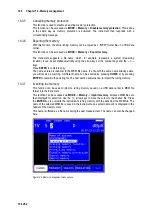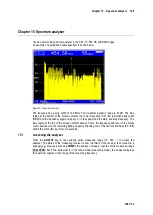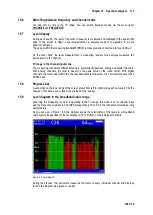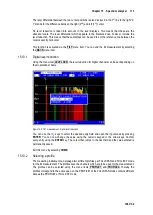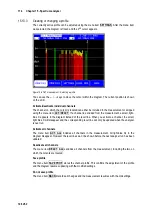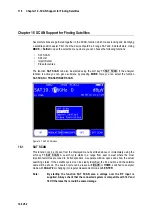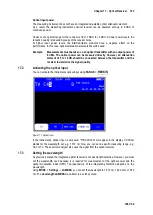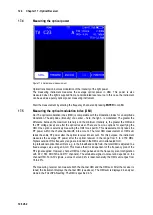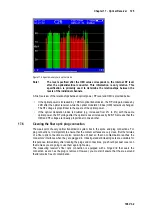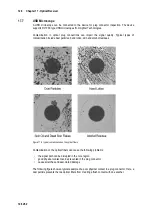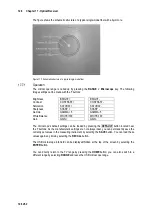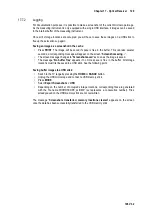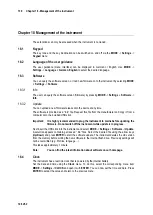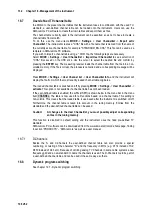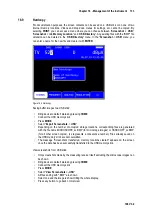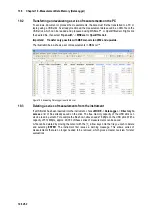
122 Chapter 17 - Optical Receiver
106 V3.2
Optical Receiver
Chapter 17
17.1
Introduction
RF signals are increasingly being transmitted via fiber optic cables. Optical transmission in
broadband networks is gaining importance. While optical transmission in most existing networks
still occurs exclusively at network level 2, the trend is moving towards fiber optic distribution up to
the subscriber terminals.
Even in the field of SAT-IF distribution, solutions are already available for optical
transmission.Optical fibers:
The optical fiber is the medium through which the light signal is transmitted. There are 2 different
fiber types. With multi-mode fibers, the light can move through the optical fibers on multiple
“path's” (modes). This result in modal dispersion (distortion), which limits the bandwidth and the
transmission distance. With single-mode fibers, on the other hand, the light can only move through
the fibers on a single path, preventing modal dispersion and resulting in higher bandwidths. At the
moment, almost all fibers used are single-mode.
They have a core diameter of 9 µm and a sheath diameter of 125 µm. A single-mode optical fiber
has an attenuation of approx. 0.3 dB/km.
Optical plug connection:
There are two different kinds of fiber optic plug connection. The first one has a straight polish. This
version, called PC (physical contact), has a somewhat worse return loss. Connectors with APC
(angled physical contact) have an interface with an angle of 8°. PC connectors have blue markings,
whereas APC connections have green ones.
Fiber optic plug connections are available in various forms such as FC (threaded connection), SC
(plug connection), and E2000 and LC (both with snap/plug connection).
An SC/APC plug connection is built into the measuring instrument.
The measuring instrument is equipped with an optical receiver that converts the light signal back
into an RF signal. After the optical receiver, the RF signal behaves as if it had been supplied via the
coax input of the measuring receiver. This means that all the measurements available through the
RF input can also be taken via the optical input. There is one restriction: For DOCSIS, only the
downstream can be measured because the device does not have an optical transmitter for the
upstream.
The optical receiver itself is not wavelength-selective. In some systems, light with different
wavelengths is transmitted in the same optical fiber. This is known as wavelength division multiplex
(WDM). In this type of system, the wavelengths must be separated again before the optical receiver
because otherwise the signals from two wavelengths would be mixed in the optical receiver,
leading to interference. A patch cable with an integrated wavelength filter should be used for this
type of application. But generally, only one wavelength is used, making this unnecessary. In most
cases, wavelengths of 1,310 nm, 1,490 nm and 1,550 nm are used.

